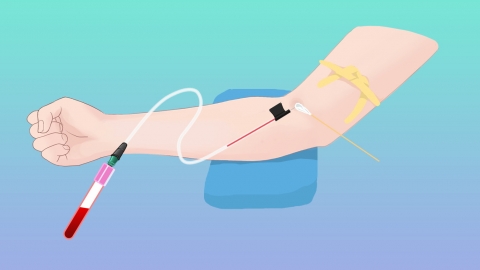What does a negative hepatitis B surface antigen test result mean?
Generally, a negative hepatitis B surface antigen (HBsAg) result is a common outcome in hepatitis B screening, often indicating no infection with the hepatitis B virus (HBV). However, comprehensive judgment should combine other hepatitis B markers, and one should not rely solely on this single indicator to determine the overall immune status. Detailed analysis is as follows:

Hepatitis B surface antigen is a key marker of HBV infection. If the test result is negative, it usually means that the antigen is not detected in the body, suggesting a high likelihood of no HBV infection. In unvaccinated individuals, this represents a normal uninfected status; in those who have received the hepatitis B vaccine, it may indicate effective vaccination and lack of viral invasion, suggesting no current infection with hepatitis B virus. However, special attention should be paid to the window period of HBV infection, during which false-negative results might occur. In such cases, retesting after 1-3 months is recommended for confirmation.
In daily life, it is advisable to undergo regular hepatitis B marker screening, especially for high-risk groups such as healthcare workers and individuals frequently exposed to blood. If the hepatitis B surface antibody is negative, hepatitis B vaccination can be administered under professional guidance. Additionally, maintaining good hygiene practices, such as avoiding sharing toothbrushes and razors—items that may come into contact with blood—can help reduce the risk of infection.




